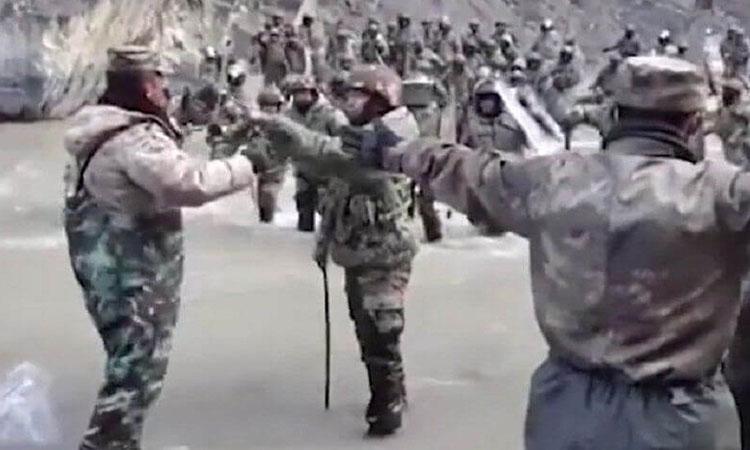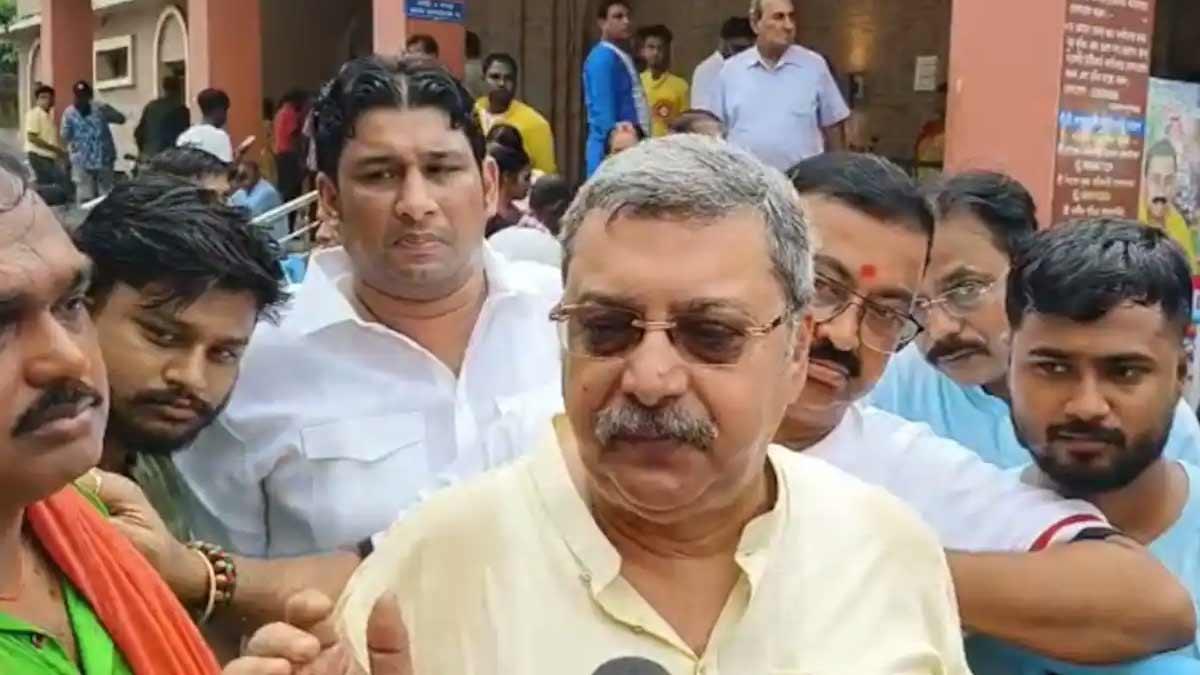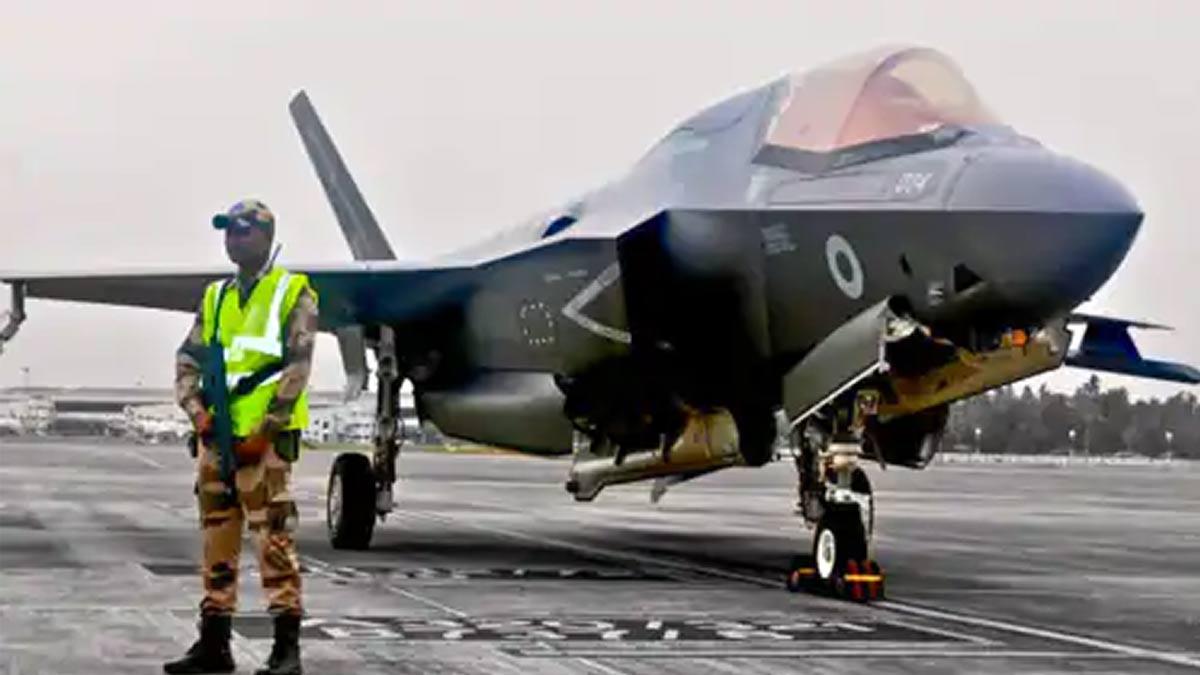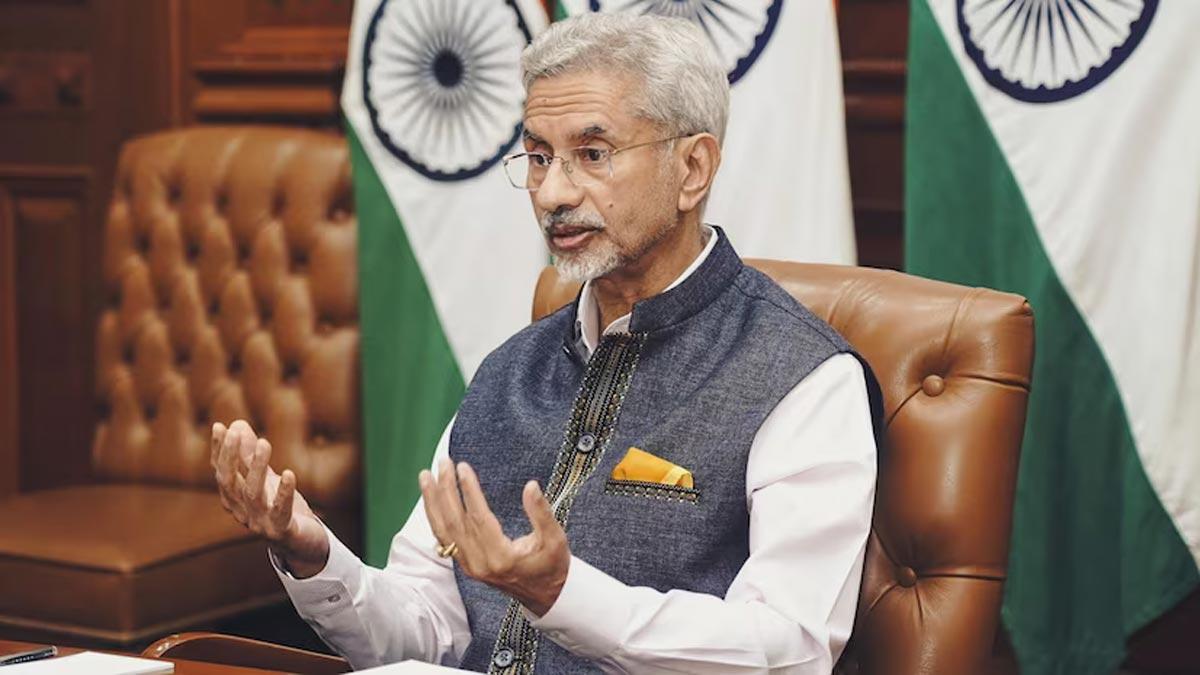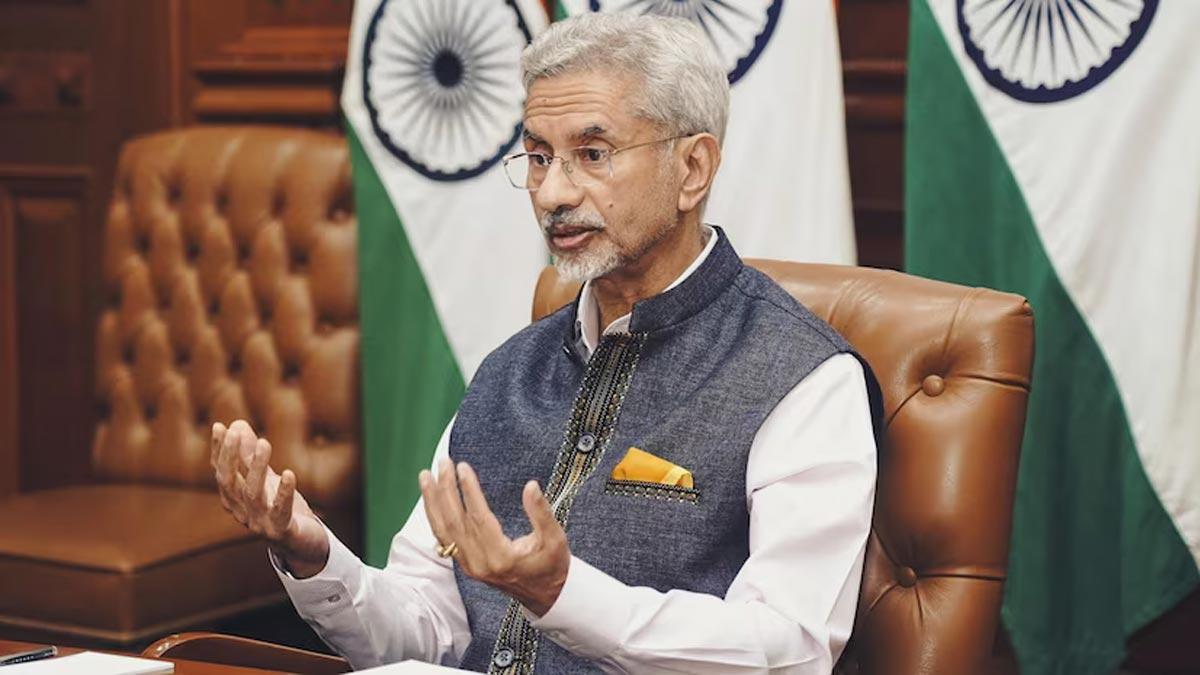On June 15, 2020, there was a bloody clash between the soldiers of India and China at Galwan in eastern Ladakh. In that skirmish, 20 Indian soldiers were martyred, while China had to pay a huge price as 42 of its soldiers were killed.
This clash took place on the night of June 15, 2020. This incident took place when the situation was normalising after talks between the two countries near the Galwan Valley at night.
The Indian Army had then issued a statement on this incident. The army had said that there was a violent clash in the Galwan Valley area on the night of June 15 and 20 soldiers were martyred.
India has been saying that Chinese soldiers were also killed in large numbers in Galwan. China had also issued a statement but did not clarify how many of its soldiers were killed. Several months later, in February 2021, China announced posthumous medals to four of its soldiers who died in the Galwan Valley clash.
China confirmed the deaths of only four soldiers. The number was questioned a few months later by an Australian newspaper, which reported that at least 38 PLA soldiers, not four as claimed by Beijing, had died in Galwan.
Flashpoints-II: Pangong and the eight fingers of contention
There was another disturbance by the Chinese People's Liberation Army (PLA) near Pangong Lake, Ladakh, the world's highest saltwater lake, two-thirds of which lies in China. Pangong has eight hills at an altitude of about 14,500 feet, which are called 'Eight Fingers'.
The border dispute between India and China was from Finger 4 to Finger 8. The area up to Finger 4 was under the occupation of the Indian Army, while the area from Finger 4 to Finger 8 was the patrolling area of both the armies.
China had built a road till Finger 4, while the Indian Army has a base camp on the banks of the lake where troops were stationed. The Army used to patrol on foot from Finger 4 to Finger 8.
Keeping in mind the activities of the Chinese army, India has deployed around 60,000 soldiers in East Ladakh to stop the incursion of Chinese soldiers inside Indian territory. India had also deployed Bhism tanks, Sukhoi fighter jets and Rudra helicopters near the LAC.
However, after marathon rounds of discussion an agreement was reached and the two countries agreed to restore the status quo existing before April 2020 in eastern Ladakh.
According to the Defence Ministry, both countries had agreed to withdraw their troops stationed at Pangong Lake.
China agreed to withdraw its troops from Finger 4 and move them back to Finger 8. Both the countries agreed that the area from Finger 3 to Finger 8 will now be like a 'no patrolling zone'.

